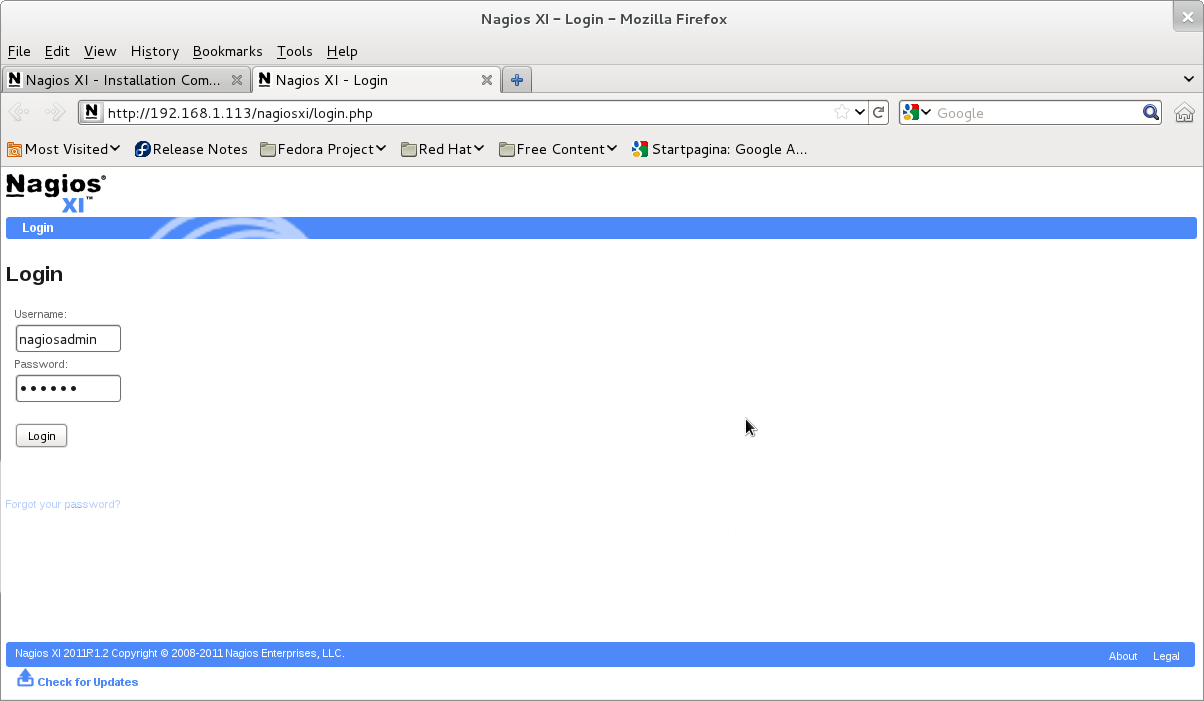Nagios XI is the most powerful IT infrastructure monitoring solution on the market. Nagios XI extends on proven, enterprise-class Open Source components to deliver the best monitoring solution for today’s demanding organizational requirements.
Designed for scalability and flexibility, XI is designed to make problematic IT monitoring tasks simple, while retaining the powerful attributes of its enterprise-class foundation blocks.
In this tutorial, will show how to install Nagios XI in RHEL/Centos/Sientific Linux
Before install Nagios XI You have to install some dependencies using the following commands :
./0-yum
Installs the Dag Wiers repo definition for RPM installations with yum
./1-prereqs
Installs required RPM, Perl, and other packages required for XI and its related
components. (will take a while to download and install all required packages)
Some packages will fail to install, this is normal.
./2-usersgroups
Creates Nagios user and groups on the system
./3-dbservers
Initializes the Postgres and MySQL databases. Sets the MySQL root password to
‘nagiosxi’
./4-services
Adds entries to /etc/services
./5-sudoers
Modifies /etc/sudoers to allow the nagios user to run certain commands
./6-firewall
Updates the iptables definitions in /etc/sysconfig/iptables to allow traffic for various
components
./7-sendmail
This is currently a null operation and can be ignored.
./8-selinux
Disables SELinux by putting it into non-enforcing mode and modifying
/etc/selinux/config
./9-dbbackups
Installs backup scripts for MySQL and Postgres in the /root/scripts directory and creates backup directories in /store/backups
./10-phplimits
./11-sourceguardian
Installs the SourceGuardian loaders for 32-bit or 64-bit Linux platforms to
/usr/lib/php/modules or /usr/lib64/php/modules. SourceGuardian is required to
decrypt and run some protected PHP files distributed with Nagios XI. Loaders for
other platforms can be downloaded fromht tp : / / www. so u rce gu a rd ia n . co m/ i xe d s/
./12-mrtg
./A-subcomponents
./B-installxi
./C-cronjobs
./D-chkconfigalldaemons
./E-importnagiosql
./F-startdaemons
./Z-webroot
When installation of the above dependecies is done withthout issues, you can acces your Nagios page by typing in you favorite browser the following:
http://<xiserver>/
– Now restart your Server and begin the Gui install via the browser :











